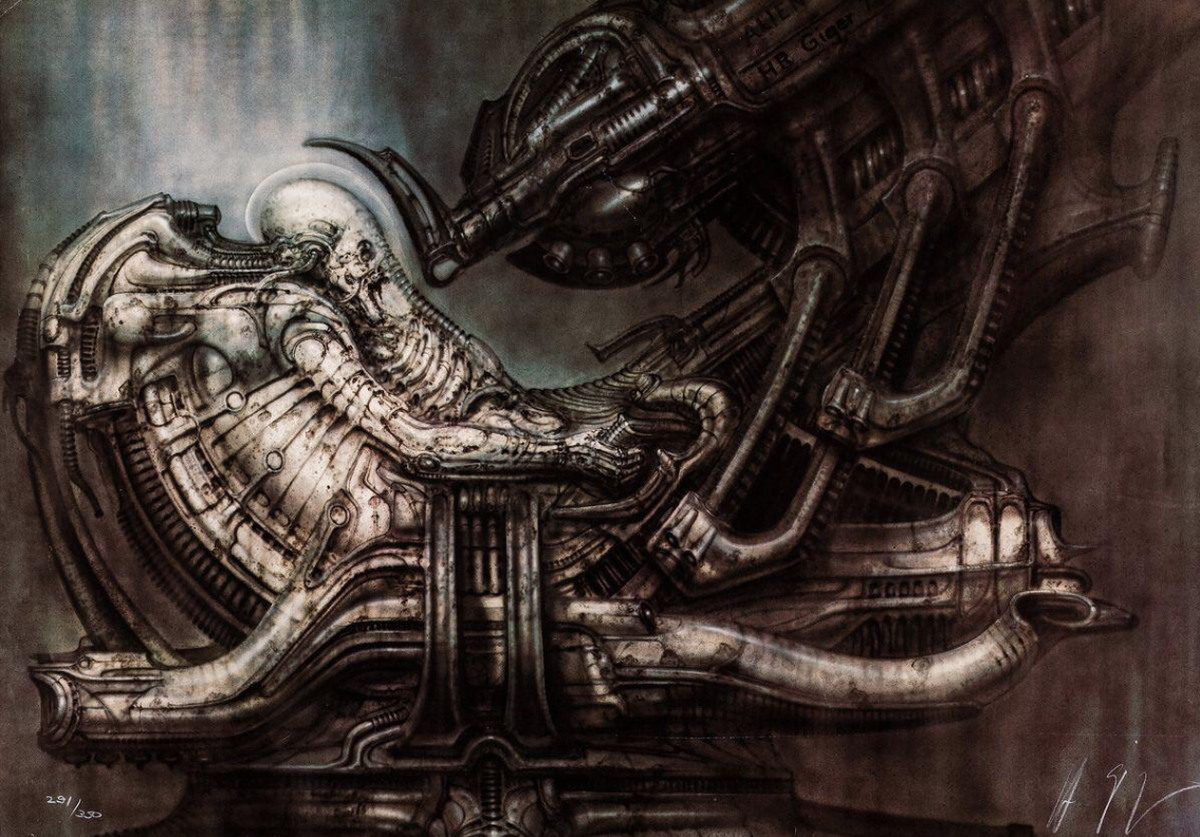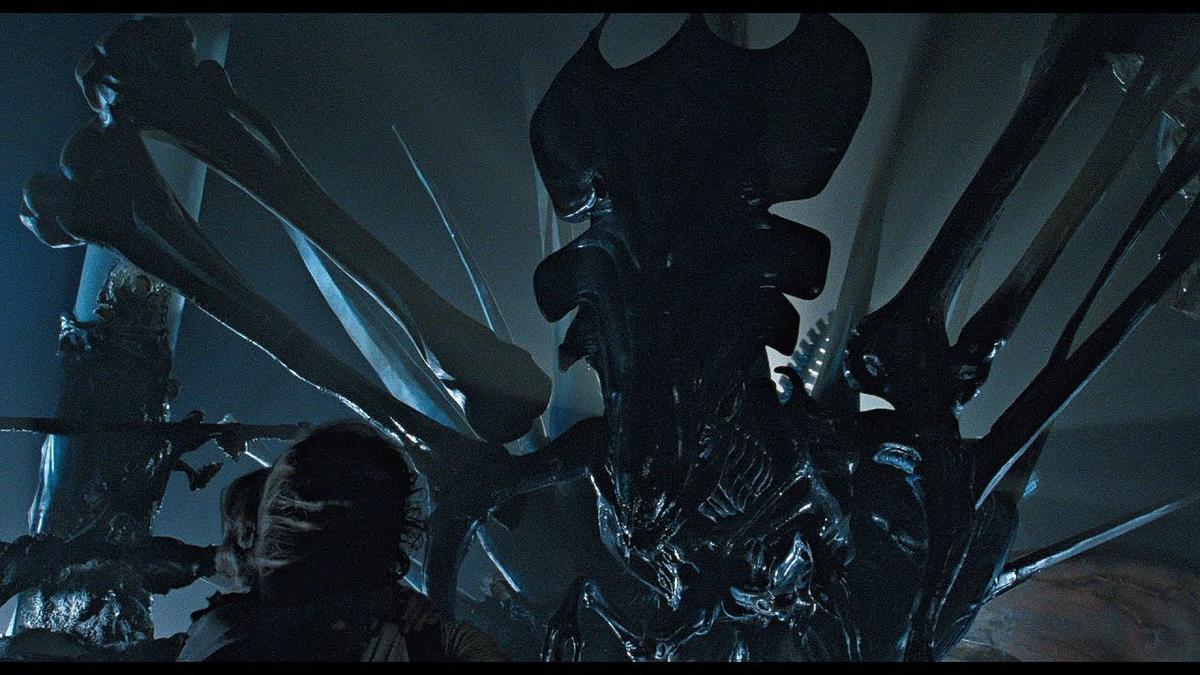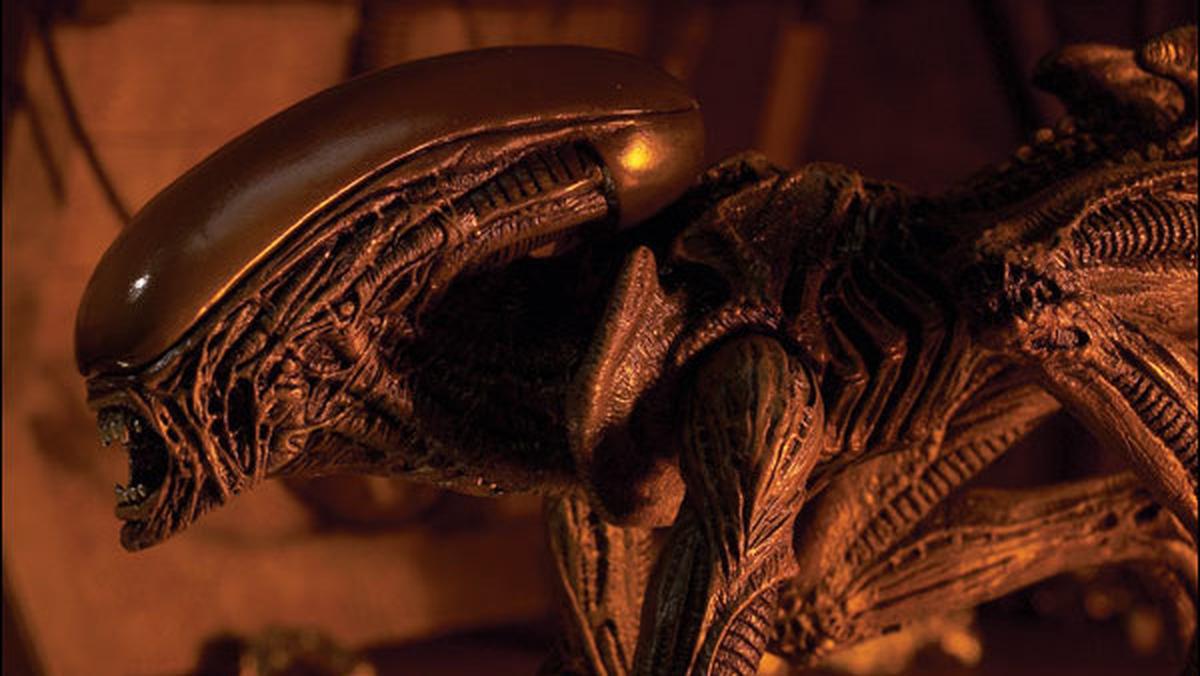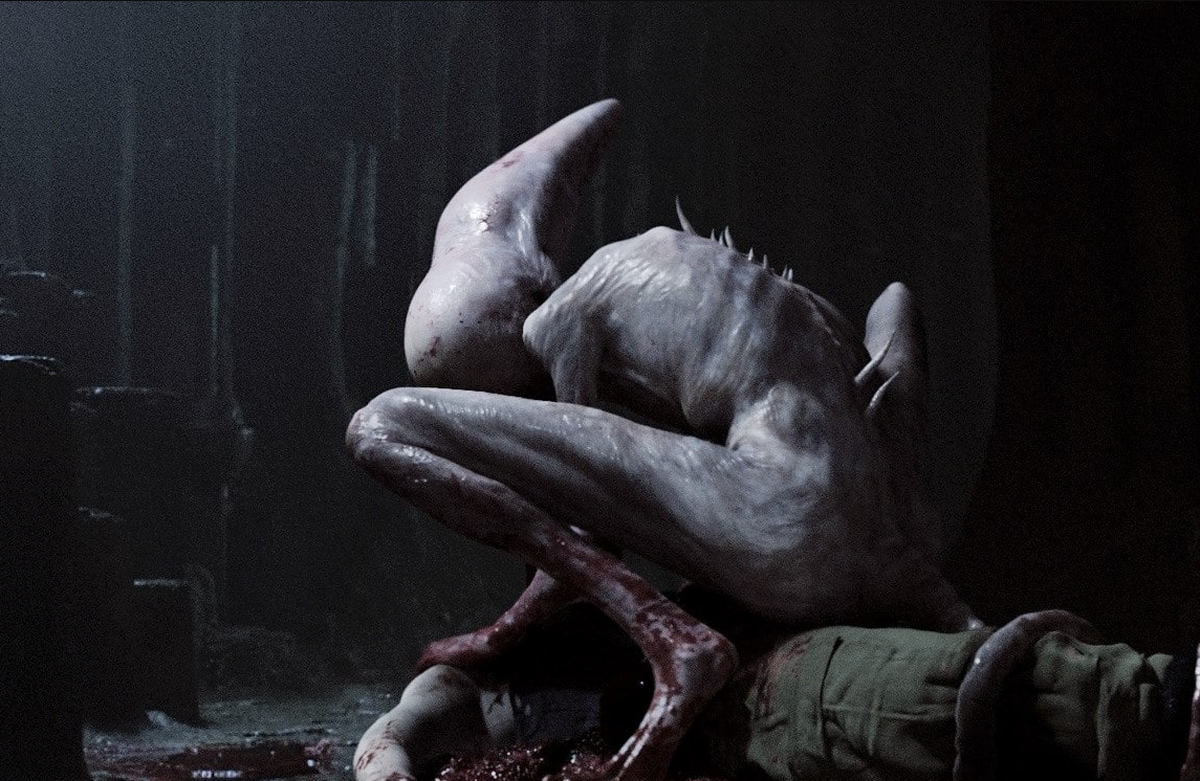The evolution of HR Giger’s biomechanical horror through the ‘Alien’ franchise
A The Swiss artist whose name has become synonymous with the concept of bionic horror — Hans Ruedi Giger — changed the landscape of science fiction forever with the creation of the xenomorph. Rising from the shadows of Ridley Scott’s 1979 sci-fi cult classic, the titular alien has since become a symbol of primal terror, its grotesque charm and relentless carnage tapping into the darkest recesses of the human psyche. But to understand the Xenomorph, one must first delve into the mind of its creator, whose distinctive psychosexual and biomechanical art style gave birth to one of the most iconic monsters in cinema history.

Birth of a nightmare
Born in Chur, Switzerland in 1940, Giger grew up after the war. His early years were punctuated by vivid nightmares. But instead of succumbing to these fears, Giger embraces them, transforming his concerns into art that defies convention and embraces the eccentric. These early experiences laid the foundation for what would become his signature style. His work, which he called “biomechanical”, was a terrifying vision of a future where the boundaries between flesh and machine dissolved in disturbingly erotic ways, leaving behind a surreal world that had a strange beauty for its menace.

Space Jacket (Pilot Engineer) HR Geiger
Giger’s influence was varied. Surrealist master Salvador Dalí recognized a kindred spirit among Swiss people and was instrumental in bringing Giger’s talents to the attention of Chilean filmmaker Alejandro Jodorowsky, who infamously listed him as ill-fated. the hill Although the film project never came to fruition, Giger’s idea for art the hill Evidence remains of his ability to conjure unsettling realities.

However, it was Giger’s 1977 book The Necronomicon — a collection of his most disturbing and evocative work — that would eventually catch the eye of Ridley Scott as he prepared to pitch the script to Dan O’Bannon. the alien One look at the dark, elongated being with an oblong head in Giger’s lithograph Necronum IV for Life and Scott knew he had found his monster.

Necronum IV by HR Geiger
The original Xenomorph that terrorized the crew of the Nostromo in 1979 was a creature of elegance and skill, straddling the line between organic and synthetic. The creature’s sleek, black, phallic exoskeleton, dripping with a glossy sheen and brought to life by Italian special effects designer Carlo Rambaldi, was as beautiful as it was terrifying – a stark contrast to the clumsy bug-eyed invaders of previous genre films. It was a creature that didn’t need to be understood – only feared.
Monsters evolve
Giger’s original design, however, was only the beginning. Over the years, as the franchise has expanded, so have the many variants of the Xenomorph. Each new iteration of Alien, while retaining key elements of Giger’s original design, introduces new variations that reflect the film’s changing themes.

Xenomorph from ‘Alien’
In James Cameron’s 1986 sequel alien, The Xenomorphs were reimagined as part of a social hive, led by a giant queen—a regal matriarch whose sole purpose was to propagate her species by any means necessary. This queen, with her massive egg-laying ovipositor and crown-like crest, was an unholy combination of insect and machine, turning into something monstrous of motherhood.

Queen Xenomorph from ‘Aliens’
The next evolution of the Xenomorph came in David Fincher Alien d (1992), where it adopted the characteristics of its host. The “runner alien”, also known as the “dog alien”, was born from a quadrupedal host and, as such, took on a more animalistic form. Sleek, fast and ferocious, this version of the Xenomorph was a predator that hunted on all sides, its movements fluid and graceful, yet no less deadly. This is where the Xenomorph began to show its versatility, a creature that could adapt, become whatever it needed to survive.

The “Runner/Dog” Xenomorph from ‘Alien 3’
But it was Alien: Resurrection (1997) that the xenomorph underwent its most radical transformation. Genetic tampering spawned a new species of alien, bearing the disturbing marks of its human creators. The newborn, as it was called, was a strange parody of humanity – a creature with pale, transparent skin, a skull-like face and eyes that gazed with restless intelligence. Born out of scientific delight, the creature was a reminder that the Xenomorph, like Giger’s art, is constantly evolving and pushing the boundaries of what’s possible — and what’s terrifying.

The newborn from ‘Alien: Resurrection’
The evolutions are definitely not over. In Scott’s prequels, which begins with Prometheus (2012) and continued with Alien: Covenant (2017), the creature was once again reimagined, this time as a precursor to the Xenomorph we know today. Deacon, a creature born from a race of god-like creatures known as Engineers, was a pale, elongated being characterized by eel-like jaws. Its life cycle closely mirrored that of the Xenomorph, but with a more streamlined and less biomechanical design. agreement’s Neomorph was even more different, with its pale-white skin, pointy head, and spiny back, a stark contrast to the original Xenomorph’s smooth black color.

Neomorph from ‘Alien: Covenant’
Last of Fede Alvarez Alien: Romulus, A terrifying climate concerns us with what has since been called “The Offspring”, a fusion of Xenomorph DNA and human genetics that is revealed when an unfortunate character injects an ominous Newtonian serum into their neck. The towering Romanian basketball phenom Robert Bobrowski, donated prosthetics, animatronics, and a touch of CGI to bring this wildly born creation to life, which quickly evolved into an eight-foot terror with fleshy skin, obsidian eyes, a tail, and that signature. Xenomorph tongue — dorsal tube and all.

Yet, despite these many variations, the core of Geiger’s design remains intact. After enduring more than four decades of cinematic evolution, Giger’s mesmerizing incubus continues to adapt, its many forms reminding us of mortality, the fragility of the human body, and the horrors that lie beneath the surface of our conscious minds.



